Design
Shaping Community with Sculpture Artist Shawn HibmaCronan
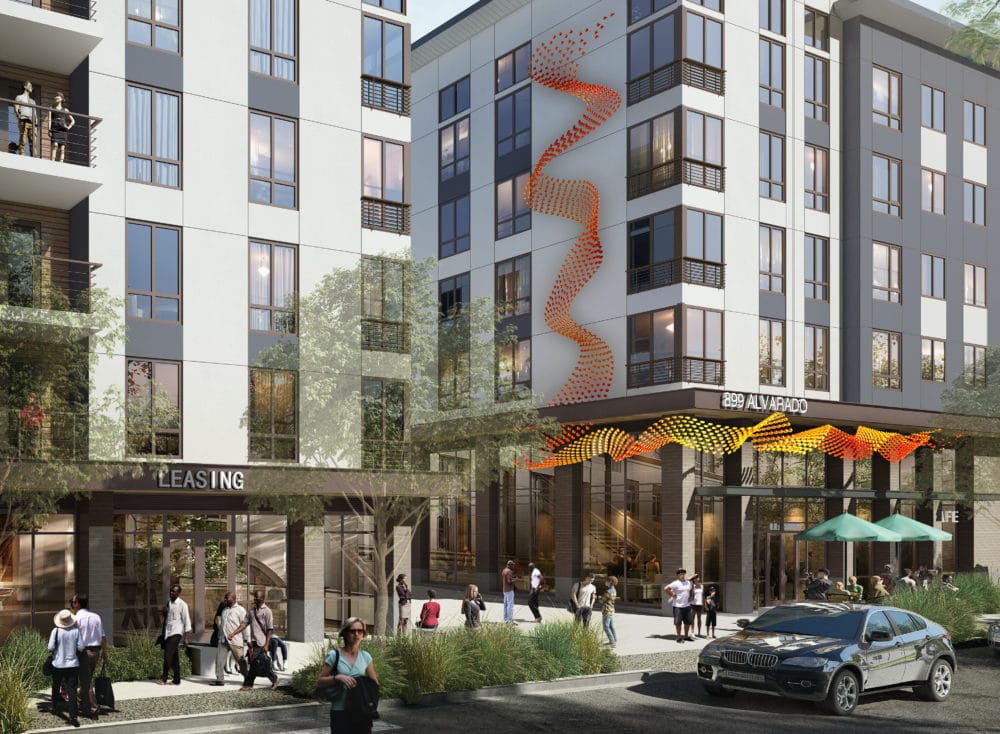
When Maximus identified 899 Alvarado as the perfect opportunity to reinvigorate San Leandro, the company sought an artist with a deep understanding of the East Bay , who could create a lasting sense of inspiration and community through a large-scale art piece for the building’s facade. Shawn HibmaCronan, an internationally-respected sculpture artist with roots in Oakland, was the perfect fit. Through his work, HibmaCronan, who shares Maximus’ vision for the future of San Leandro, strives to create an enhanced experience for visitors and residents alike. We connected with HibmaCronan to gain insight into his artistic process and his hopes for the impact that art can have on the community.
Where do you find inspiration, and what influences have specifically shaped the piece you’re creating for 899 Alvarado?
In short, I find inspiration from elegant forms and solutions, be they in nature or in the manmade world. However, I think inspiration is everywhere, and it’s important to navigate life with your eyes and mind actively open, so that you’re ready when inspiration hits you. I’m also fascinated by honest and efficient forms that tell thought provoking stories about their purpose, origin, or creator’s effort to solve a problem.
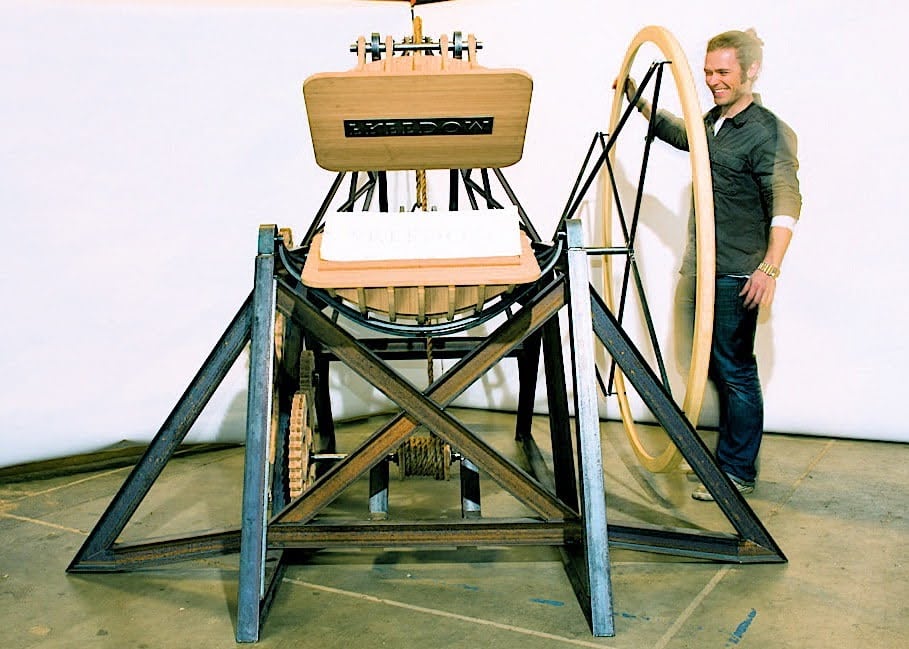
The artwork for 899 Alvarado is inspired by the site’s location and unique history, which I think should always be considered when creating a permanent artwork. 889 Alvarado is the site where the Caterpillar tractor company was founded and San Leandro is a known resting place for swarms of migrating Monarch butterflies. Comprised of a range of yellows, oranges, reds, and golds, the components of the artwork draw inspiration from the shape and movement of a blooming poppy and a monarch butterfly flapping its wings, while the overall form draws inspiration from the ribbon-like meandering path of the nearby San Leandro Creek.
Let’s talk about your artistic process. Can you walk us through how you go about choosing materials, as well as the steps required to create each piece?
The process really depends on the artwork. Sometimes the concept hits me quite quickly and I then spend much time deliberating on the right material or process. Sometimes the characteristics of the material will help determine the parameters of the artwork, the meaning can then be formed by the process or ideas that come along the way. Generally I like to work with time tested materials, especially ones that are easily distinguishable, like steel, stainless steel, and hardwoods. I try to use material thoughtfully, creating forms, displaying their structure and connections proudly to the viewer. I don’t believe in hiding any part of the sculpture as the structure and guts can tell the viewer something about the forces within the pieces.
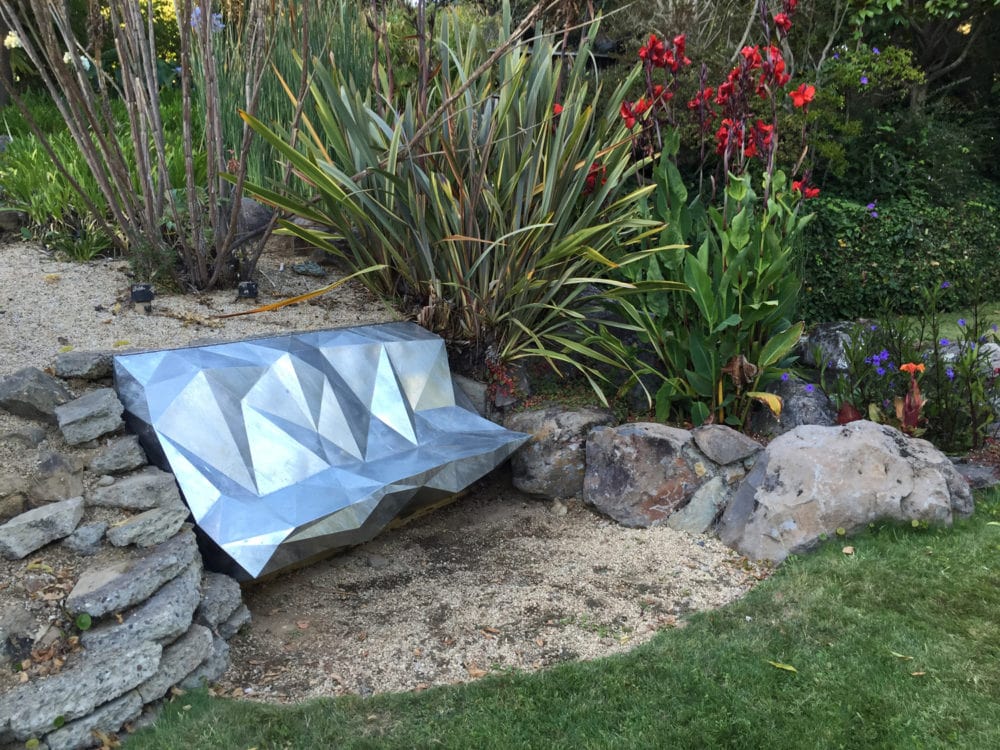
Facet Form Bench, 2015, private commission
Your work blends both traditional and state-of-the-art techniques. How do you strike a balance here, weaving these potentially disparate approaches together?
Again, it depends on what the particular form calls for. There are tools available now that can generate shapes beyond what the human imagination (or at least mine) can comprehend. But sometimes, a straightforward “old school” technique can be just as effective as something “state of the art.” Your gut feeling about a certain curve or scale of a chalk drawing on the floor can be more informative than a computer automated design. I believe if thoughtfully implemented, craft is craft, regardless of the era the process was born in.
In your experience, what role does sculpture play in facilitating and maintaining community? Do you see a connection between the presence of art and a heightened quality of life?
In my opinion, public art, if done right, can help create a connection and sense of place for viewers. It can also serve as a visual representation of the pride felt for the community. Public art can be an interesting way for outsiders to learn the story of a place. Sometimes public art is just beautiful and that’s okay, it still serves as a way to honor and show there is love and positive intention for a public space. Ideally public art can bridge the gap between young and old individuals, as well as new and existing communities. Simply put, life and the spaces we share, are better with art. And art out in the open is there for all walks of life to enjoy. I like the fact that, despite my best intention and hopes for the work, it’s ultimately up to the viewers to make of it what they will.
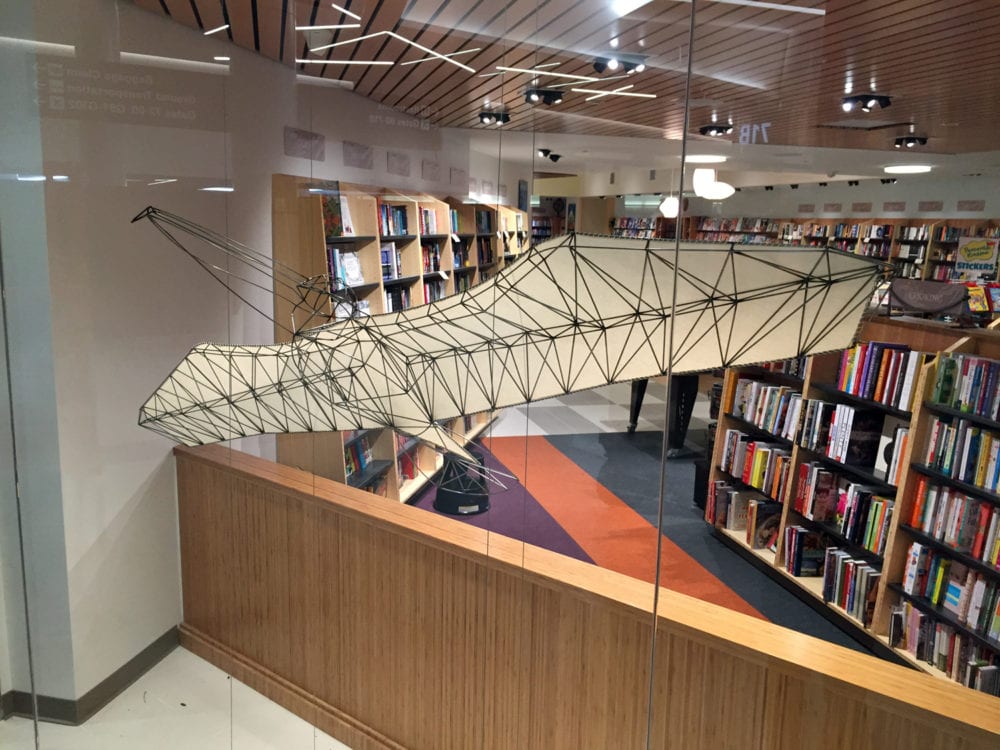
Aeriform Aviary (detail) 2015, Compass Books SFO Terminal 3
As the world becomes increasingly digital, where does sculpture—a decidedly physical artform—fit in?
Well luckily there is room for all mediums in the art world — whether digital or physical. In my opinion the more variety, the better the art world is. I think digital artists will keep finding more and more ways to activate a space just as physical sculptures strive to, and in a sense this is in line with the effort to make art more and more accessible. Personally I’m really excited to see what develops in my lifetime. But ultimately, humans are physical objects, and just as buildings and furniture need to serve their purpose, physical art forms like sculpture will always have a place.
When it comes to design and art, what is it like working with Maximus?
It has been a pleasure working with Maximus on the 899 Alvarado project. From the beginning they were eager to make something great, and very open to the possibilities. It’s remarkable how much effort they’ve put into ensuring the project benefits the neighboring citizens of San Leandro. Together we worked through various design iterations, before settling on a design for a piece that, when presented, the city loved. It’s obvious from this process that Maximus values art and the positive impact it can have.
Ultimately, what lasting impression do you hope your work will leave on 899 Alvarado and the surrounding community?
Whether a visitor seeing it once during a visit or a resident who sees it everyday, I hope that, as with all my work in public spaces, the artwork provides an enhanced experience of being there with it. It would please me greatly if the work might inspire someone to seek out more art in their life, or be moved to create artwork themselves.
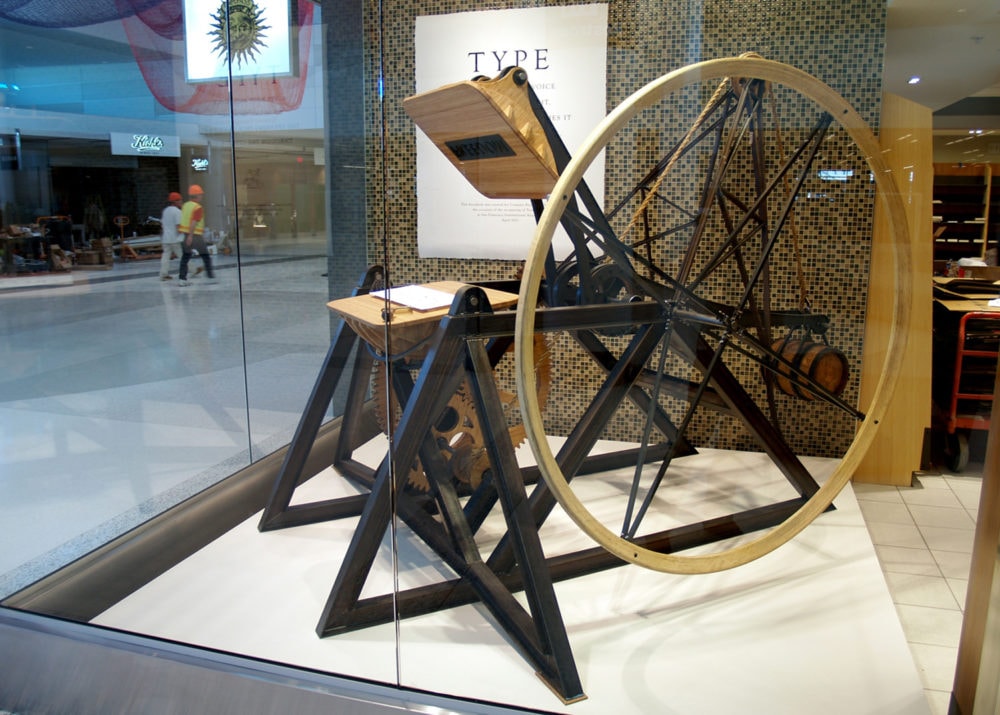
Beyond city streets, where else can we enjoy your work?
The San Francisco Airport firstly, I have two large artworks commissioned by Compass Books for their Terminal 2 and 3 locations. Turns out that airports are surprisingly great art venues and SFO has become known for its outstanding art collection thanks to the legendary San Francisco Arts Commission. I have a sculpture in the lobby of 480 Bryant, a gorgeous building built in 1907, one of the few remaining brick and timber structures from when SF was rebuilt after the great quake and subsequent citywide fires.
I’m currently completing a large art commission for a new development at 3000 Broadway in Oakland, my home town, that will be installed later this year (2020). Otherwise, you can see my work on my website and follow my studio practice on social media, primarily Instagram. There, you’ll find updates about my upcoming shows and art residencies. I’m looking forward to teaching a Steel Sculpture class at Penland School of Craft in North Carolina, in the fall of 2021. For commissions big and small, my email is shawn@cronan.com, or come visit my studio in Alameda.
share story
